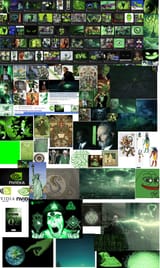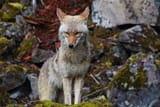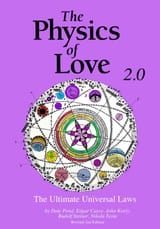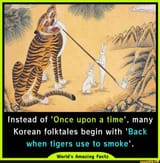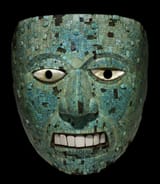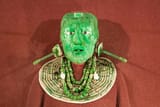>>40544729
> green language
Green Language, or Langue Verte, is a cryptic system of communication used in esoteric traditions to conceal and reveal spiritual, alchemical, or occult knowledge. It relies on puns, homophones, symbols, anagrams, and phonetic wordplay rather than literal meaning.
Origins and Historical Context
Alchemical Roots – Renaissance alchemists such as Paracelsus and Heinrich Cornelius Agrippa encoded secrets in wordplay to avoid persecution. Alchemical texts used "green lion" to denote vitriol, a key solvent.
Fulcanelli’s Revival – The 20th-century alchemist Fulcanelli, in Le Mystère des Cathédrales, popularized the term. He argued that Gothic cathedrals were books in stone written in Green Language. "Gothic" was reinterpreted as "argot," French for slang, through phonetic shift.
How It Works
Green Language relies on homophones, words that sound alike but have different meanings, such as sun and son or knight and night. It also incorporates anagrams, rearranging letters like listen into silent. Symbolic puns create double meanings, such as a rose window symbolizing both the flower and ros, meaning dew, an alchemical symbol. It blends Latin, Greek, Hebrew, and vernacular languages.
Examples in Practice
Alchemy – Vitriol is a Latin acronym meaning Visit the interior of the earth; by rectifying, you will find the hidden stone. Phonetically, vitriol refers to acid but hints at spiritual purification.
Sacred Architecture – Fulcanelli decoded cathedral gargoyles, statues, and inscriptions. A carving of a pelican, symbolizing Christ, might also represent an alchemical pelican, a vessel for distillation.
Literature – Shakespeare and Dante are often analyzed for Green Language layers. Dante’s selva oscura, meaning dark wood, may symbolize materia prima, chaotic primal matter in alchemy.
